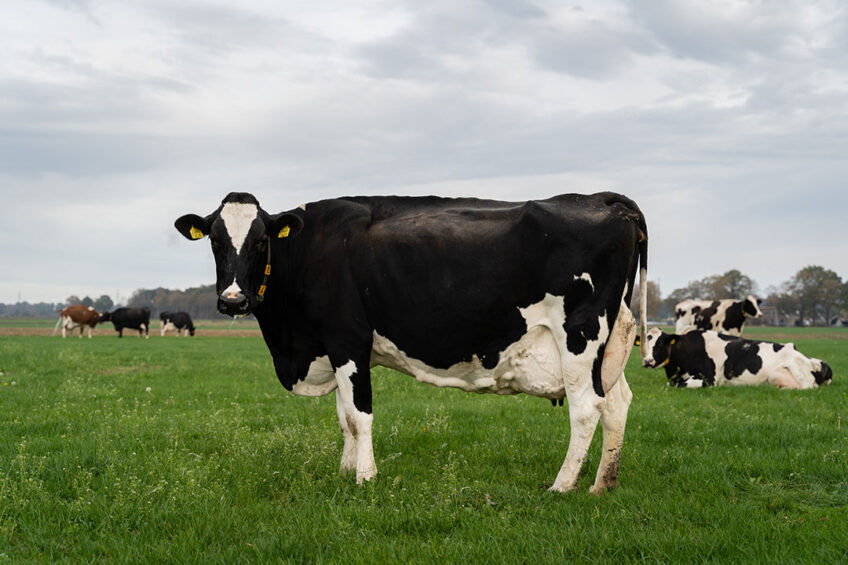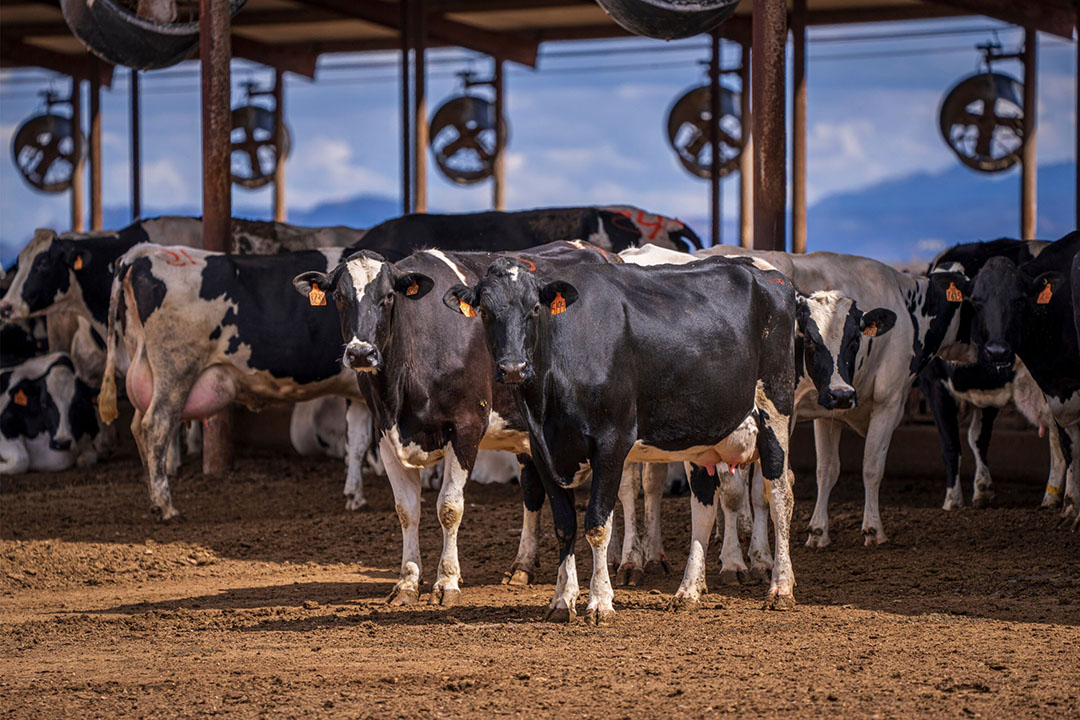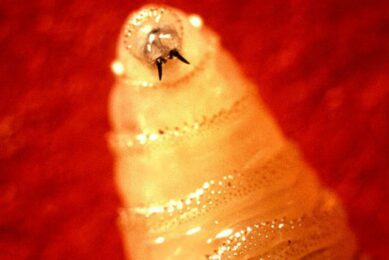Genetic selection: Resistance to retained placenta in dairy cows

Retained placenta is a prevalent reproductive disorder in dairy cows that is defined as the failure to expel foetal membranes within 24 hours after parturition, causing the risk of uterine infections and infertility.
Retained placenta leads to an estimated financial loss of US$ 150 to US$ 386 per cow per lactation due to increased culling risk, reduced reproductive performance, enhanced calving interval, augmented veterinary costs and decreased milk yield. In the past, the focus was mainly on the production and conformation traits resulting in declining trends in health, reproduction and longevity traits.
Although retained placenta has a low heritability of 0.01 to 0.10, long-term selection on retained placenta can improve resistance to this reproductive disorder and increase herd profitability.
Cow-specific risk factors
One of the possible risk factors for retained placenta is a deficit in immune function, because cows with retained foetal membranes have impaired neutrophil function, which may compromise their ability to expel the placenta after parturition. Retained placenta has a higher incidence in winter than in other seasons due to the lack of dietary carotene. In addition, shorter gestation lengths and advancing parity are associated with a higher incidence of retained placenta.
Resistance to retained placenta
Resistance to retained placenta predicted transmitting ability represents the expected resistance of dairy cow offspring to retained placenta in a herd with average management conditions. The resistance rate is the incidence rate subtracted from 100. In US Holsteins, the average resistance rate is 96%. Daughters of a Holstein bull with a resistance to retained placenta predicted transmitting ability of +2% are expected to have an average resistance rate to retained placenta of 98%, and daughters of a Holstein bull with a resistance to retained placenta predicted transmitting ability of -2% are expected to have an average resistance to retained placenta of 94%.
In addition, daughters from the bull with resistance to retained placenta predicted transmitting ability of -2% are expected to have 3 times the number of cases of retained placenta as daughters from the bull with resistance to retained placenta predicted transmitting ability of +2%.
Benefits of selection
Retained placenta is a common risk factor of subsequent metritis; therefore, selection for improved resistance to retained placenta improves resistance to metritis. Furthermore, retained placenta maintains the patency of the cervix, which is a physical barrier to infection in unaffected animals. Retained placenta delays uterine involution, expulsion of lochia and the regeneration of the endometrium, and increases the risk of ovarian cystic degeneration, chronic endometritis and pyometra.

However, the phenotypic incidence of retained placenta compromises subsequent milk yield of the affected dairy cow, and there is an antagonistic genetic relationship between retained placenta traits and milk yield as well. Thus, selection for improved resistance to retained placenta not only reduces the direct and indirect costs associated with this disorder but also improves dairy cow health, welfare and reproductive performance.
Other reproductive disorders
Determining the genetic correlation between retained placenta and other reproductive disorders simplifies breeding for improved resistance to retained placenta. A study by Mahnani and colleagues (2022) showed that the estimated genetic correlations with retained placenta were -0.04 for twinning, 0.32 for stillbirth and 0.34 for dystocia. These results indicate that twinning decreases the chance of retained placenta, and selection against retained placenta could indirectly select against dystocia and stillbirth.
Furthermore, moderate genetic correlations of retained placenta with dystocia and stillbirth suggest that cows susceptible or resistant to retained placenta are genetically more susceptible or resistant to dystocia and stillbirth. In this study, the estimated genetic correlations between retained placenta and production traits including milk, fat and protein yields ranged from -0.12 to -0.29, suggesting that cows with higher production at early lactation are at a lower risk of developing retained placenta. The researchers also found a moderate positive genetic correlation (0.25) for retained placenta and days open, days from calving to first service and number of inseminations per conception, but a low negative genetic correlation (-0.09) between retained placenta and success of first insemination.
These results show that dairy cows with retained placenta are prone to longer days open, days from calving to first service, number of inseminations per conception and decreased success of first insemination. Therefore, selection against retained placenta genetically improves fertility traits.
Genetic control
Improving disease resistance traits through direct genetic selection presents a compelling opportunity for dairy producers to help manage disease incidence and improve profitability when coupled with sound management practices. Genomic prediction for health traits such as resistance to retained placenta obtained at young age is a useful on-farm management tool.
Genetically superior heifers and cows can be bred with sexed semen, and genetically inferior animals can be sold early for beef or bred with beef semen. It is recommended to evaluate the effectiveness of the genetic estimates to predict the performance of each dairy cow. In addition, data collected from commercial dairy herds can be used to accurately predict resistance traits in dairy cows.
Conclusion
Retained placenta is an economically significant disease that affects health, welfare and profitability of approximately 7.8% of US dairy cows. To improve dairy cattle health, welfare and performance it is necessary to focus on the genetic evaluation of retained placenta and its association with other reproductive disorders, fertility and production traits.
Further studies are required to evaluate health traits and their correlation to retained placenta to precisely rank dairy cows based on the profitability in the herd.
References available upon request.
Join 13,000+ subscribers
Subscribe to our newsletter to stay updated about all the need-to-know content in the dairy sector, two times a week.










